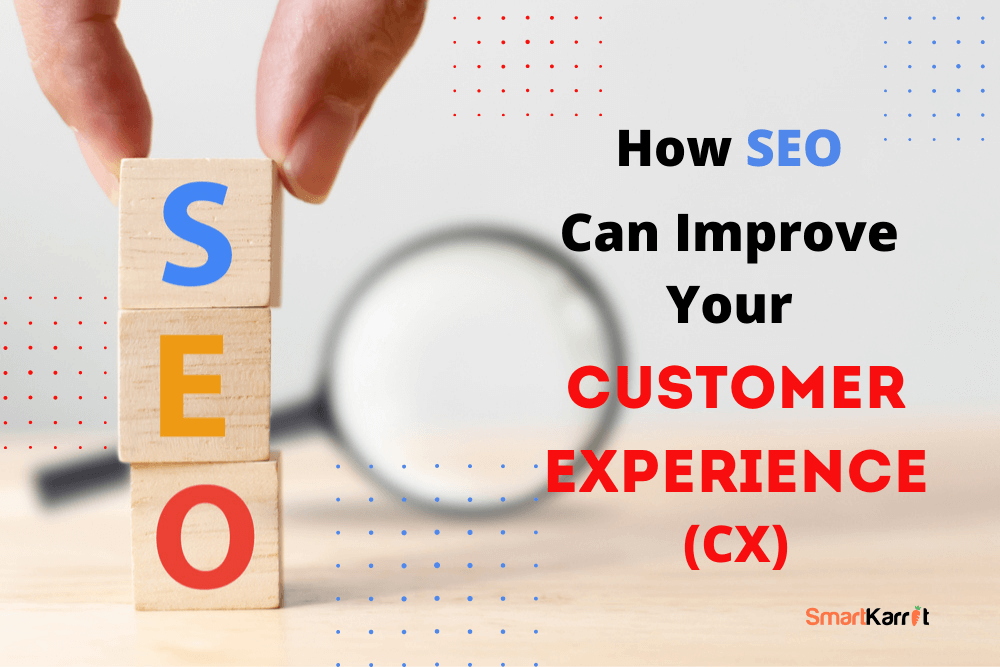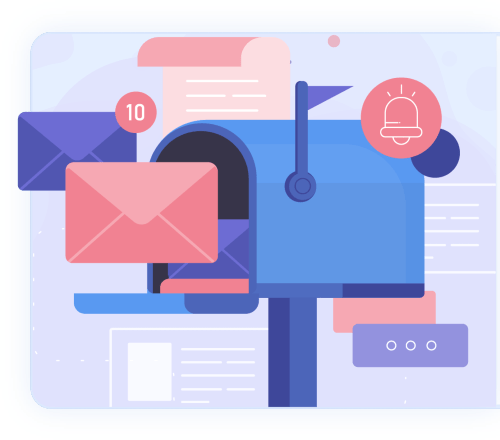How SEO Can Improve Your Customer Experience (CX)
SEO for Customer Experience is essential for the upliftment of your business. Read on to get insights on some of the best tips and strategies.

Search Engine Optimization (SEO), as the name suggests is all about optimizing a site for the search engines. And the purpose of these engines is to serve the human, who in turn, are your beloved customers. Cutting to the chase, a good SEO for Customer Experience (CX) is a must if you are willing to thrive in the industry.
Customer experience starts the very second you map their customer journey and SEO can be your friend to guide you through. Further, this will give you the opportunity to pull in massive traffic and entice more potential prospects to your brand. Therefore, well-planned SEO tactics can totally change your business (on a positive note) and improve your customer experience in no time. Here are four such ways to do that in no time:
How SEO can augment CX?
1. Interlinking and Backlinking
The best way to drive organic traffic on your website is by ensuring that your pages are linked well. That is when backlinking comes into play and makes your site more accessible, easy to search, and peps up your SEO rank too. Now you might be wondering, shouldn’t adding the internal links suffice, and wouldn’t adding the external links steer the user away from the site? Well, that is not how it all works.
To begin with, add the option of ‘Open Link in New Tab’ for the external links – this will control your churn. These also help answer the user’s questions, for instance, a .gov or .edu site has higher authenticity and trust factor as compared to the normal ones which help your page to rank better.
2. Content is the King
You have no idea how much a well-written and optimized piece of content has the power to boost up your SEO and customer experience instantly. Google carries a unique algorithm of finding out the experts in the specific niche from the content that they post out. It can be a blog or a listicle. And if you wish Google to know you well, you must not give content a backseat.
Come up with relevant topics that match your niche and make sure that you feed them with the right keywords. Also, try and update your blog page with fresh pieces of content every once in a while. This reminds Google that you are doing all the toiling to rank better.
3. Rev up your Page’s Loading Time
Know that most of the customers landing on your page have a paucity of time. Seeing the buffering sign on your page can trigger the user to opt for something else – maybe a competitor of yours. In fact, Google too seconds this point.
And considers page loading speed to be a highly vital factor that has a say in your ranking. As much as 37% of the users bounce off when they see a site taking more than five seconds to load. Here is a collation of the bounce rates for every extra second it takes for a page to load.

4. Ascertain your Visitors’ Needs
Perusing customer needs is always a good strategy. Whenever a user wants to know more about a product or has a query, they will most likely take it to the Internet. And in case, your site has the answers that satiate their queries, you could be in luck. There is every chance they will not only spend a considerable amount of time on your page but also pick you if they wish to buy something from your niche.
This in a way can accelerate your SEO score and is deemed as a major customer touchpoint to reckon as well. Further, if you have used the right keywords, with the right length of sentences, coupled with a concrete Meta Description, you could find yourself on one of those ‘Featured Snippets’.
What are the SEO factors that impact CX?
- Responsive Screen Resolution: Your customer might browse your site on his desktop or his mobile. The responsibility falls on your shoulder to enable the screen resolution that fits your screen on either of the devices.
- Headers: H1 header should be used for the Page Titles. Whereas, H2 and H3 can be used for the sub-headers. This helps in enhancing the scannability of your content which in turn aids in getting searched easily.
- Keyword Stuffing: Avoid this under every circumstance. Say the primary keyword of your blog is ‘Red Velvet Cupcake’. Adding this organically a couple of times should be enough. However, stuffing the keyword once in every two lines should be thoroughly restricted. Google also sees this as spam-like.
- Meta Description: This data is used by Google in the SERPS. As stated before, this is a (max) 156-character sentence that is used to describe the content in brief. Adding the primary keyword here can be extremely beneficial and try to give the readers a quick answer here.
- Readability: This is a crucial factor too. Ensure that the sentences you use are small, not too lengthy, and easy to read. Break down the content into bits and smaller paragraphs, ad wherever possible use bullets instead of chunks of words put together. You may also include bold and italics wherever needed.
That’s a Wrap
SEO for Customer Experience is neither a cakewalk nor a daunting, impossible challenge. Aligning the best SEO Practices with the customer journey can be a healthy indicator of the overall customer experience score. In the end, all that matters is how happy your customers are with you. This decides the longevity of your business. On that note, evaluating the SEO and using it in the right way can really do wonders for your business. Consider these above-mentioned points and you should be fine to go with them. Pretty soon, should you be able to welcome the increasing traffic rates and see your business tough the sky.
You might also like:
- How to Improve Customer Experience Through Digital Transformation – Learn what is digital transformation and how it can improve customer experience.
- To understand how SmartKarrot can helps SaaS companies keep and grow loyal customers, Request a Demo.












